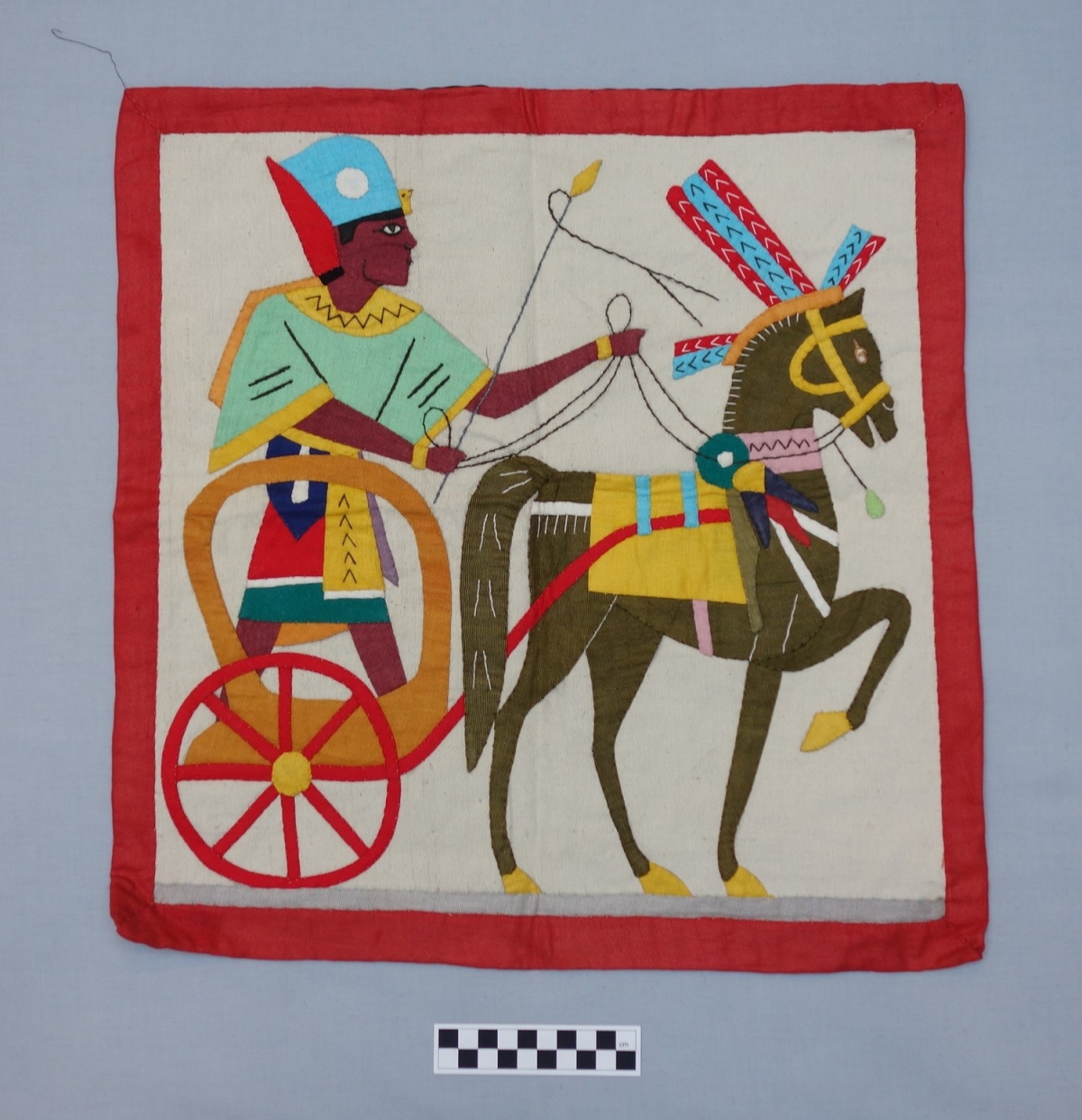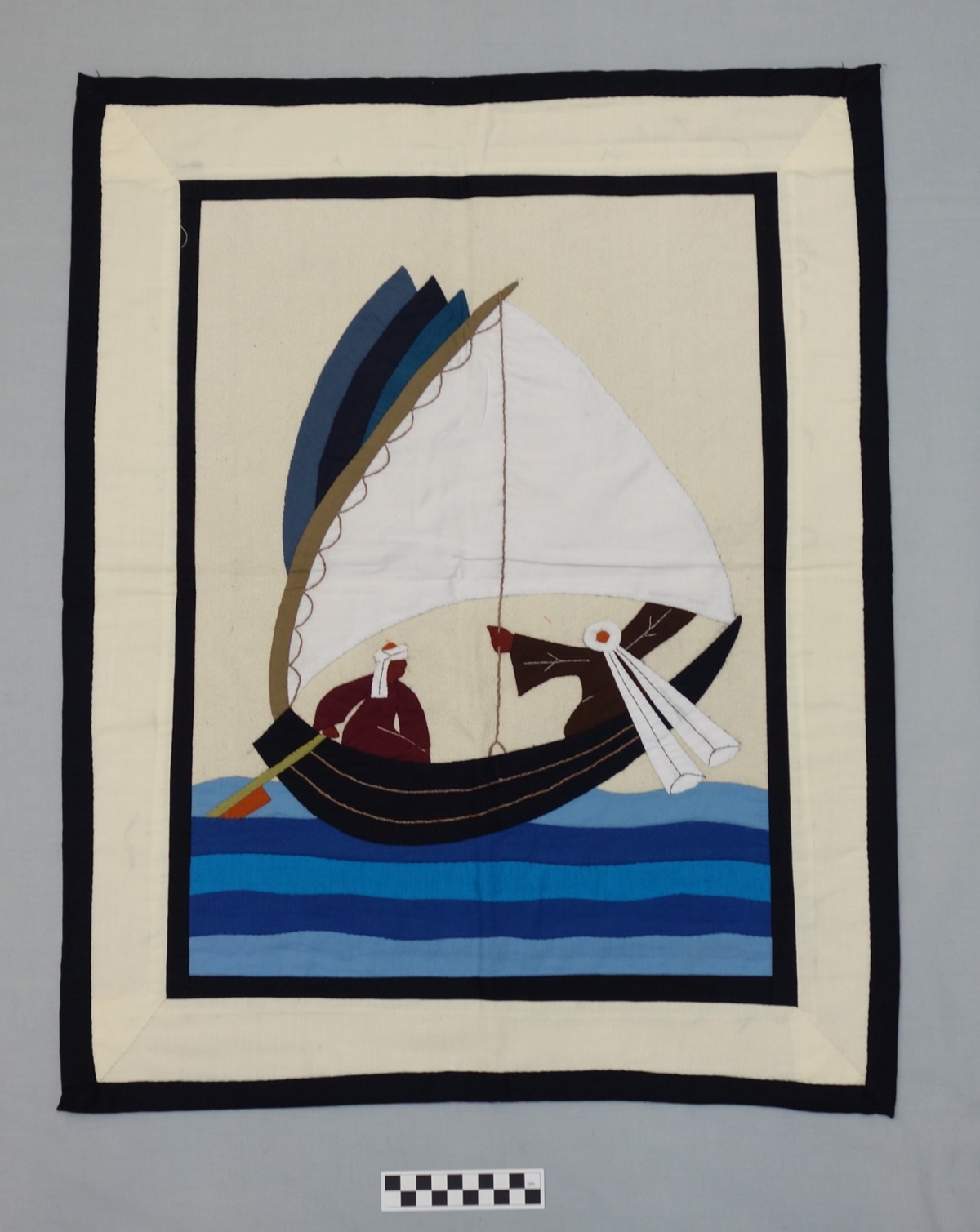Appliques From The Street Of The Tentmakers Cairo Egypt
Appliqués from the Street of the Tentmakers
One of the joys of walking around the bazaars of ancient Cairo is a visit to the Street of the Tentmakers. It is a seventeenth century complex of buildings, with a long street with shops filled with appliqué panels of the most amazing range of colours and designs. The appliqués from the Street are part of a tradition that goes back to at least the time of the ancient Egyptian pharaoh, Tutankhamun, who died in 1323 BC.
 The author in the Street of the Tentmakers, Cairo, December 2014.This online TRC exhibition builds on a 'real' display organised in 2015 at the TRC in Leiden. It includes historical and technical information as well as showing a very wide range of panels with traditional geometric designs, intricate Arabic calligraphy, ancient Egyptian tomb scenes, modern lotus designs, as well as birds, fishes, landscapes and folk stories. In fact, all aspects of traditional Egyptian life.
The author in the Street of the Tentmakers, Cairo, December 2014.This online TRC exhibition builds on a 'real' display organised in 2015 at the TRC in Leiden. It includes historical and technical information as well as showing a very wide range of panels with traditional geometric designs, intricate Arabic calligraphy, ancient Egyptian tomb scenes, modern lotus designs, as well as birds, fishes, landscapes and folk stories. In fact, all aspects of traditional Egyptian life.
The exhibition at the TRC, and this online outcome, have been made possible with the help of the appliqué makers from the Street of the Tentmakers, Cairo, and the director and staff of the Netherlands-Flemish Institute, Cairo, Egypt.
All the appliqués housed in the TRC collection are shown in the 'chapter' Photographs of All Objects, see below, and the illustrations in this chapter refer directly to the TRC digital catalogue.
A short film about the 'real' exhibition can be downloaded here.
For further information, see the relevant entry in TRC Needles.
For this online exhibition:
- Author: Gillian Vogelsang-Eastwood
- Web-design: Joost Koopman
- Exhibition design: Willem Vogelsang
- Publisher: TRC, Leiden.
- Year of publication: 2018
- Copyright: All illustrations of objects housed in the TRC collection can be used free of charge, but please add to the caption: "Courtesy Textile Research Centre, Leiden" and the pertinent accession number of the object.










